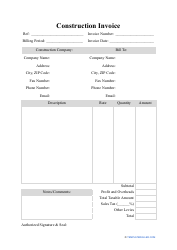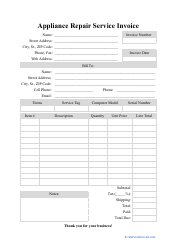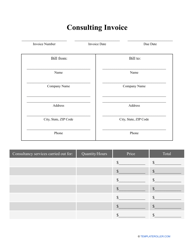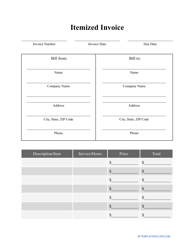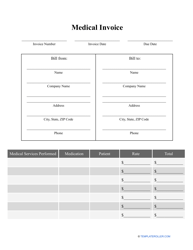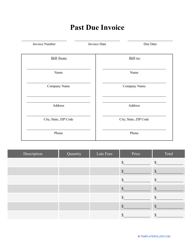What Is Invoice Reconciliation?
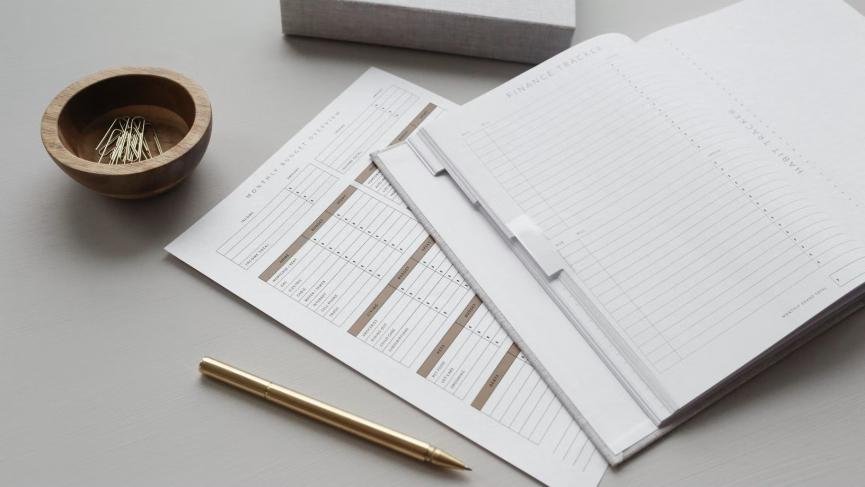
Every business must take care of creating records of sales - not only to keep track of the goods they sell but also to make sure no payment is ever missing. To do that, it is necessary to create invoices - detailed bills that list the products sold or services provided to a client and indicate their prices. Yet, it will not be enough for proper bookkeeping, since every company is obliged to maintain comprehensive records of sales and income for taxation purposes. In order to ensure the money you receive is balanced with the money you spend, you need to carry out the Invoice Reconciliation process.
What Is Invoice Reconciliation?
Invoice Reconciliation refers to a process of checking whether incoming and outgoing invoices match the bank statements. There are several reasons for every business to pay close attention to reconciling invoices:
- Review the financial history of the organization - see how much revenue you generate and examine the cash flow.
- Prepare daily, weekly, and monthly bank statements to submit to the IRS.
- Safeguard the company from lawsuits - if any of the clients file a complaint against you, you will show exactly which services and goods they received, when and under which terms this happened.
- Plan for the future - reconciliation will let you see what items are in demand and what products can be discontinued, and this is how your organization will grow.
Difference Between Invoicing and Reconciliation
Invoicing means the business is regularly drafting documentation that records all the products and services the company sells and provides. By composing an invoice, you are creating evidence that shows the goods were sold and the services were rendered. Reconciliation, on the other hand, is performed to confirm all the particulars of every invoice, update all the bank statements, find discrepancies that undermine the balance of the entity, detect fraudulent actions that may disrupt the regular course of business, and ensure all the transactions are constantly monitored.
How to Reconcile an Invoice?
To run the organization smoothly, you should follow these Invoice Reconciliation steps every week or month:
- If you prefer to perform manual reconciliation, properly prepare for the reconciliation . Separate the invoices by the vendor in alphabetical order and then divide them by chronological order. It is highly recommended to check every invoice as soon as the shipment is ready to avoid accidentally losing money since an invoice that shows more items than you were supposed to offer is a common issue.
- Check every line in the invoice to see if the information matches the data you have in the bank statements . Pay attention to the company registration number, the date you provided the services or goods, and the total amount of money you have received already or you are still owed.
- Circle the mistakes you find - you can circle them or mark them somehow to be able to analyze the error later . Once you finish the reconciliation, contact the vendor or client named in the invoice and try to figure out the discrepancy together.
- Add the invoices and see whether their total amount corresponds to the numbers you see in the statement.
- If you choose to keep all the invoices and records in electronic form, this will simplify the reconciliation process . Enter all the data at the end of the day or week to never miss an invoice.
Related Topics:
